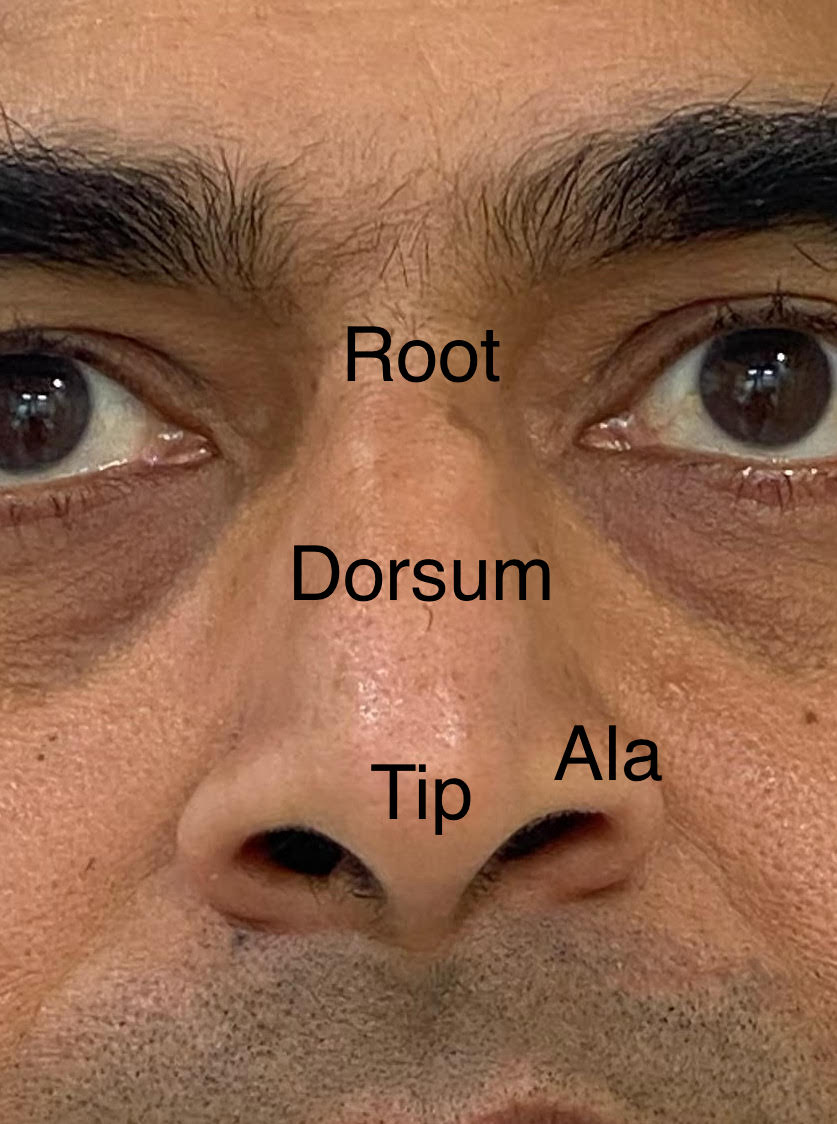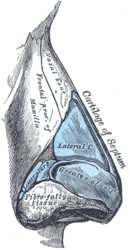Have a question?? Book an appointment!!
Rhinoplasty is commonly known as nose surgery or nose job, is the method by which the shape of the nose is changed to a more desirable one. This procedure improves the appearance and proportion of your nose, thus enhancing facial harmony and self-confidence. Surgery of the nose may also correct impaired breathing caused by structural abnormalities in the nose.
While the shape of your nose is usually the result of heredity, the appearance may have been altered in an injury or during prior surgery.
These procedures may involve using tissues from other parts of the body like cartilage from the septum, ear, ribs or bone from the hip, or use of
implants like silicone or med pore etc.
Rhinoplasty can change:
- Nose size, in relation to the other facial structures
- Nose width, at the bridge
- Nose profile, with visible humps or depressions on the bridge
- Nasal tip, that is large or bulbous, drooping, or too upturned
- Nostrils that are large, wide or upturned
- Nasal asymmetry and deviation

A rhinoplasty can be performed as an open rhinoplasty or a closed rhinoplasty. An open rhinoplasty is an approach where in a small incision is taken on the columella and rest of the incisions are placed inside the nose. This incision heals usually heals well and the mark is not significant. In a closed rhinoplasty the incisions are inside the nostril and there are no incisions visible outside. The approach than is best suited for you will be decided by your plastic surgeon.

The commonly performed surgeries on the nose are reduction of the hump, reducing a bulbous tip, correction of flared nostrils, reducing the width of the nose, increasing the height of the nose, correction of a deviated or a crooked nose etc. Some people may need a septoplasty in addition to the rhinoplasty to help to improve the breathing and tackle functional problems.
Sometimes an additional procedure may be needed like a chin implant or chin reduction or a lipoinjection to bring more balance to the face.
Immediately after the surgery, a splint, internal tubes or packing will likely be placed inside your nose and a splint or bandages placed on the outside to support and protect the new structures during initial healing.
It may take several months for swelling to fully dissipate and up to a year – and sometimes longer – for the outcome of the surgery to fully refine. Although the results of nose surgery are usually permanent, cartilage may continue to reshape and move tissue that may change the outcome over time.